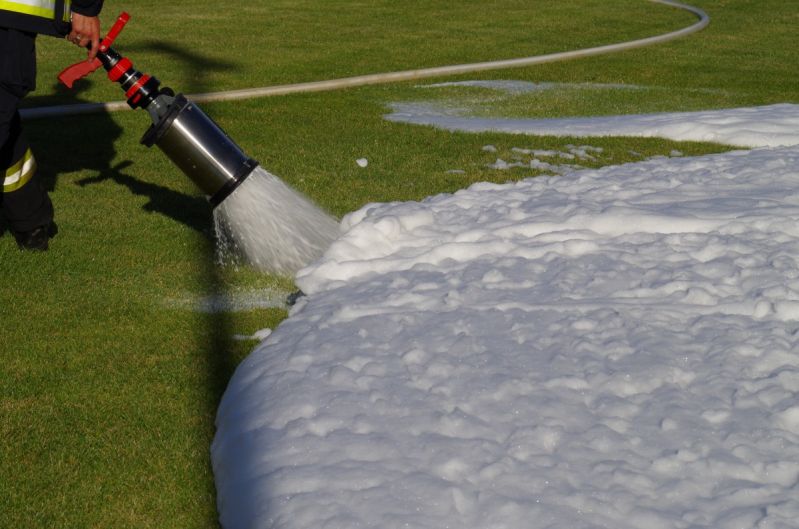Drinking Water Contaminated with Pollutants Used in Firefighting and Training Activities
Published on by Water Network Research, Official research team of The Water Network in Academic
Researchers at the Colorado School of Public Health at the University of Colorado Anschutz Medical Campus and the Colorado School of Mines received a two-year grant to investigate contamination of the drinking water in the communities of Fountain, Security and Widefield.
Residents of these areas were exposed to drinking water contaminated with pollutants originating from aqueous film-forming foams (AFFF) used in firefighting and training activities.
By Nathan Gill

Representative image, source: PxHere
By measuring biological markers of exposure and health indicators in a sample of approximately 200 people who consumed contaminated water, this study will provide communities and scientists with an improved understanding of the biopersistence and potential health impacts of AFFF-derived poly- and perfluoroalkyl substances (PFASs). PFASs are a class of chemicals widely used in industrial and commercial applications since the 1950s.
In July, a nine-month U.S. Air Force study verified that firefighting foam used at Peterson Air Force Base contaminated groundwater and soil with PFASs at levels more than 1,000 times an Environmental Protection Agency health advisory limit for similar chemicals.
The grant is from the National Institute of Environmental Health Sciences, a program of the National Institutes of Health. This study is being funded because of the recent discovery of the source of contamination, which has impacted the water supplies of these communities for several years.
“This research will contribute to our understanding of the factors driving this unique exposure and how it may affect long-term health,” said Dr. John Adgate, chair of ColoradoSPH’s Department of Environmental and Occupational Health and principal investigator of the study.
“We will collect the first systematic data on blood levels of these persistent compounds in this PFAS-impacted community. While exposure to PFASs has been significantly reduced due to work by the Colorado Department of Public Health and Environment and the local water utilities, our hope is that by gathering data on blood levels shortly after people’s peak exposure we can provide better answers on related health effects and potential next steps.”
Currently, little is known about the health effects of human exposure to PFASs in areas with drinking water contaminated by AFFF, and no systematic biomonitoring has been done in these communities.
Read full article: University of Colorado Anschutz Medical Campus
Media
Taxonomy
- Drinking Water Security
- Standards & Quality
- Decontamination
- Drinking Water Treatment
- Decontamination
- Quality
- Contaminant Removal
- Water Quality
- Contaminant Movement Mapping
- Drinking Water Managment
- Drinking Water
- Water Quality Management